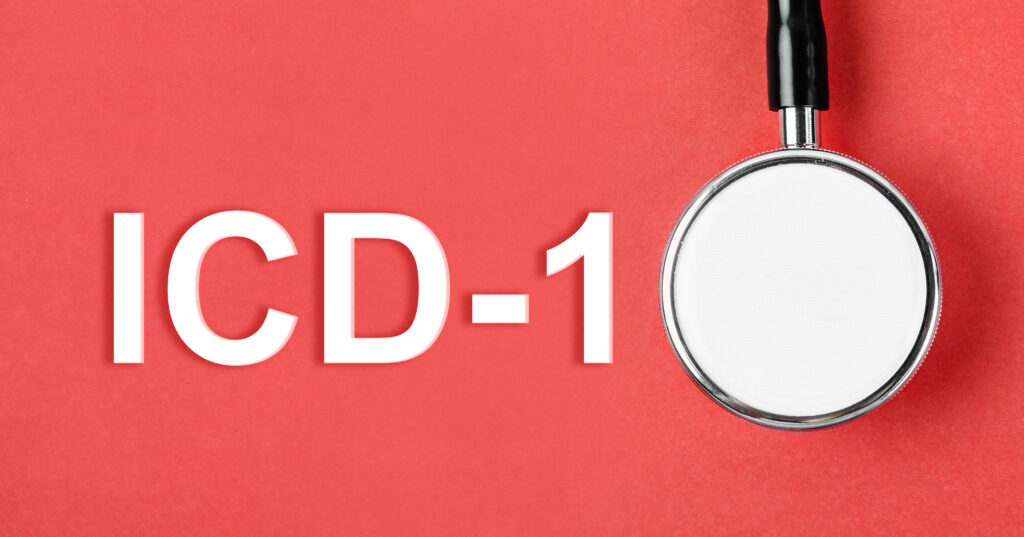Only a Minority of Abortions Are for Unwanted Pregnancies, New Study
by David C. Reardon
This is Issue 57 in the On Point Series.
A major abortion advocacy group has recently found that only 42% of aborting women described their pregnancies as unwanted.1 Unexpectedly, 38% described their pregnancies as wanted or wanted but mistimed. The remaining 19% were unsure how to describe the wantedness of their pregnancies, indicating ambivalence or at least some attachment to their pregnancies. Previous research has indicated that about 20% of abortions are of wanted pregnancies.2
This new study should have naturally drawn national attention to the problem of unwanted abortions. But it hasn’t. Instead, these findings are buried in the details of a study alleging that state abortion laws create a “psychosocial burden” on women seeking abortions.
Selective Vision Mars Abortion Advocacy Study
The study in question was conducted by Advancing New Standards in Reproductive Health (ANSIRH), a division of the Bixby Center for Global Reproductive Health in San Francisco. ANSIRH is funded by numerous population control groups. It exists precisely for the purpose of developing research that can be used to entice or bully governments around the world into expanding abortion services and decreasing population growth, especially among the poor.
The political goals of ANSIRH are not even disguised. The study’s conclusion argues that the evidence presented proves that:
Any legal restrictions that increase travel burden, unwanted abortion disclosure, and force people to wait are likely affecting people’s psychological well-being. In fact, the same restrictions that claim to protect people from mental health harm, may increase people’s psychosocial burden and contribute to adverse psychological outcomes at the time of seeking abortion.
But in their stretch to reach this conclusion, ANSIRH researchers are actually ignoring most of the data they gathered. As described above, the majority of interviewed women (58%) were feeling psychological stress from some level of emotional attachment to their pregnancies. This finding is especially important in light of research showing that up to 64% of aborting women feel pressured by others to abort.3,4
In addition, ANSIRH’s pre-abortion survey of 784 women seeking abortions found that 64% reported at least some worry about “ending a potential life,” 70% reported some difficulty deciding whether or not to have an abortion, and 68% reported some “difficulty thinking I have to end this pregnancy.”
According to a list of risk factors identified by the American Psychological Association, all of the above factors indicate that the majority of aborting women are at elevated risk of negative emotional reactions after their abortions.4
The true rate of women at higher risk was likely even higher, since 29% of those invited to participate declined or dropped out of the ANSIRH interview. Such self-censorship is more common among women feeling the most stress, embarrassment, grief, or guilt about having an abortion.
Abortion Access is Easy, But Not Easy Enough for ANSIRH
Yet ANSIRH pays little attention to the above findings. Instead, their focus is stubbornly confined to the difficulties of obtaining an abortion. Yet even here, data that should be reassuring to abortion rights advocates is interpreted as “not enough.”
Overall, for the majority of women, abortion access was easy. ANSIRH found: 65% reported no difficulty scheduling an appointment; 56% reported no difficulty finding an abortion clinic; 52% reported no difficulty traveling to the abortion clinic; and 44% found no difficulty making the time for an abortion.
In contrast, “very much difficulty” was experienced by only 5% when scheduling an appointment, 9% when finding a clinic; 12% in traveling to the clinic, and 14% in finding time for the abortion.
Yet it is this minority experience of any difficulty at all in obtaining a quick and fast abortion that drives ANSIRH’s conclusions and press releases asserting that state regulations pose a “psychosocial burden” on women.
The fact that the majority of aborting women are highly ambivalent about abortion, much less that many are undergoing unwanted abortions to appease the demands of others, receives no discussion at all.
Abortion’s Aftermath Is Also Ignored
Sadly, but predictably, ANSIRH’s study did not investigate the emotional and mental health of women after their abortions. Collecting, much less reporting, that data would have confirmed that women who aborted wanted pregnancies, had more difficulty deciding on an abortion; it would have likewise confirmed that women who had more moral concerns about having an abortion would experience higher rates of regret, grief, loss, depression, sleep disorders, substance abuse and a host of other problems.4
Instead, ANSIRH confined itself to measuring levels of stress within just a few hours prior to an abortion. Their decision to ignore the aftereffects of abortion was justified by the blatantly false assertion: “A large body of evidence from the U.S. and internationally, has firmly demonstrated that abortion does not increase people’s mental health risk when compared to giving birth.”
In fact, the opposite is true. There is no longer any doubt that women who have abortions have higher rates of mental illness than women with no history of abortion, especially among women who give birth and have no history of abortion.4 For example, a Danish population study found that the rate of mental illness following a first abortion was 15.2% compared to only 6.7% for women who give birth.5 Similarly, a study of over 56,000 California Medi-Cal beneficiaries found that women who aborted were twice as likely to require psychiatric inpatient care than women who delivered, even after controlling for prior mental health.6
The only dispute is if, when, and how often abortion is the sole cause of mental illnesses. Abortion advocates, while admitting that abortion may trigger or contribute to mental illness, are only arguing that there is insufficient evidence to prove it is the sole cause of the higher rates of mental illness observed in literally every large study.
Their argument is that statistical association does not prove sole causation. Toward this end, they are actually putting the blame for the higher rate of mental health problems following abortion on a pre-existing fragility that, they allege, is more common among the subset of women who are most likely to “need abortion services.”
In any case, it is intriguing that ANSIRH’s new study design is limited to an evaluation of only pre-abortion stress. Through this limitation, they are evading the risk that their data will contribute to the literature showing higher rates of post-abortion mental illness, especially among women undergoing unwanted abortions due to external pressures.
By asserting that only pre-abortion stress is of interest to public policy, they are trying to shift attention to efforts that will make abortion even faster and easier to obtain than it already is.
But in doing so, they are doing a disservice to the hundreds of women who participated in their study. If they were not blind to their own findings, ANSIRH would have seen that the study participants were far more troubled by the conditions that made them feel they had no other choice but to abort than by the difficulties of making an appointment or traveling to an abortion clinic.
Not every abortion is wanted. Often, abortions require women to sacrifice their own desires and preferences to serve the demands of others or circumstance. ANSIRH’s data actually confirms that unwanted abortions are more common than wanted abortions (namely, those women who freely choose to serve their own goals and preferences).
ANSIRH can’t see the forest because they are too focused on a single tree.
David C. Reardon, Ph.D., director of the Elliot Institute, is a biomedical ethicist and author of “Making Abortion Rare: A Healing Strategy for a Divided Nation.”
References
- Biggs MA, Neilands TB, Kaller S, Wingo E, Ralph LJ. Developing and validating the Psychosocial Burden among people Seeking Abortion Scale (PB-SAS). Vaingankar JA, ed. PLoS One. 2020;15(12 December):e0242463. doi:10.1371/journal.pone.0242463
- Sullins DP. Affective and Substance Abuse Disorders Following Abortion by Pregnancy Intention in the United States : A Longitudinal Cohort Study. Medicina (B Aires). 2019;55(11):1-21. doi:10.3390/medicina55110741
- Rue VM, Coleman PK, Rue JJ, Reardon DC. Induced abortion and traumatic stress: A preliminary comparison of American and Russian women. Med Sci Monit. 2004;10(10):SR5-SR16.
- Reardon DC. The abortion and mental health controversy: A comprehensive literature review of common ground agreements, disagreements, actionable recommendations, and research opportunities. SAGE Open Med. 2018;6:205031211880762. doi:10.1177/2050312118807624
- Munk-Olsen T, Laursen TM, Pedersen CB, Lidegaard Ø, Mortensen PB. Induced first-trimester abortion and risk of mental disorder. N Engl J Med. 2011;364(4):332-339. doi:10.1056/NEJMoa0905882
- Reardon DC, Cougle JR, Rue VM, Shuping MW, Coleman PK, Ney PG. Psychiatric admissions of low-income women following abortion and childbirth. CMAJ. 2003;168(10):1253-1256.




























